Graphite is a mineral with a very simple composition — C (carbon).
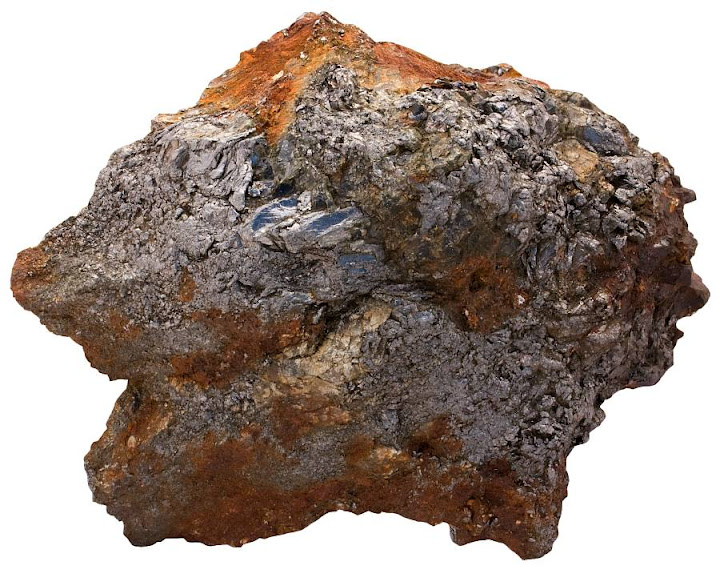
A sample from the Skaland mine in Norway which was once the leading graphite mine in Europe. Width of sample 10 cm.
Everyone is familiar with this mineral because pencil “leads” are made of it. It’s named “lead” because centuries ago people thought that this mineral is a form of lead. Real lead have never been used to make pencils. Early pencils were indeed made of a stick of pure graphite but such mineral deposits are very scarce. The best source at the beginning of the 19th century was in England. These deposits were unavailable to the French because of naval blockade during the Napoleonic Wars. So they had to start thinking and very soon one clever man discovered that you can use impure graphite powder (which is quite plentiful) to make pencil leads if you mix it with various amounts of clay and burn the rods in a kiln. The hardness of the lead depends on the amount of clay (more clay adds hardness).
This mineral occurs mostly in metamorphic rocks. It is basically metamorphosed organic matter. Most of the graphite occurs in slates, schists, carbonate rocks, and metamorphosed coal beds (anthracite). Sometimes it occurs in skarn and rarely in igneous rocks.
Graphite has a layered structure. Very strong separate layers of carbon atoms are held together by weak chemical bonds which means that graphite as a mineral is very soft (its hardness on Mohs scale is 1…2). That allows it to be used in pencil leads — we can scrape off layer after layer by only applying a moderate amount of force when writing on a paper. The softness gives a characteristic greasy feel to the mineral which somewhat resembles talc (softest mineral in the Mohs scale). It also conducts electricity which opens up many more industrial applications.
Graphite may be turned into diamond (which is also pure carbon) but it takes huge pressure to achieve that. Hence, natural diamonds form in the upper mantle and are very rarely brought up to the surface by violent gas-charged eruptions of kimberlite magma.
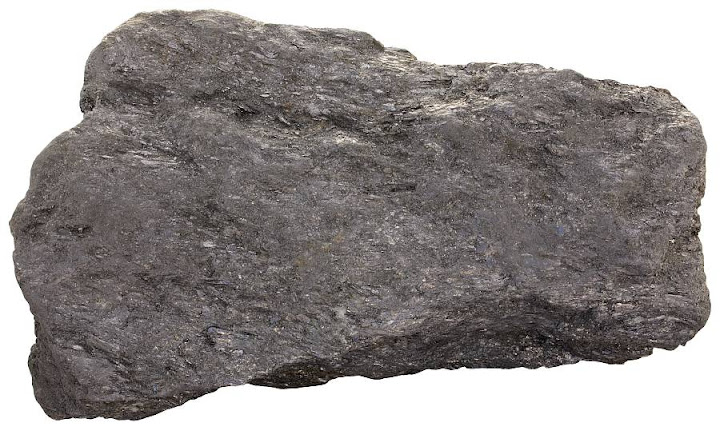
Almost pure graphite from the Trælen quarry which is located close to the Skaland mine and is currently operational. Width of sample 21 cm.
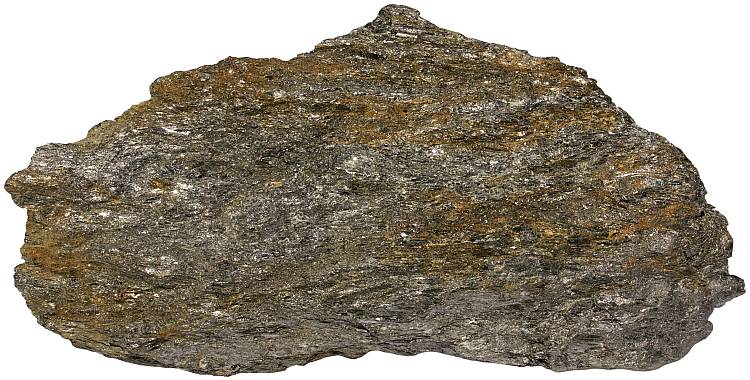
A sample from Trælen. Width of specimen 27 cm.
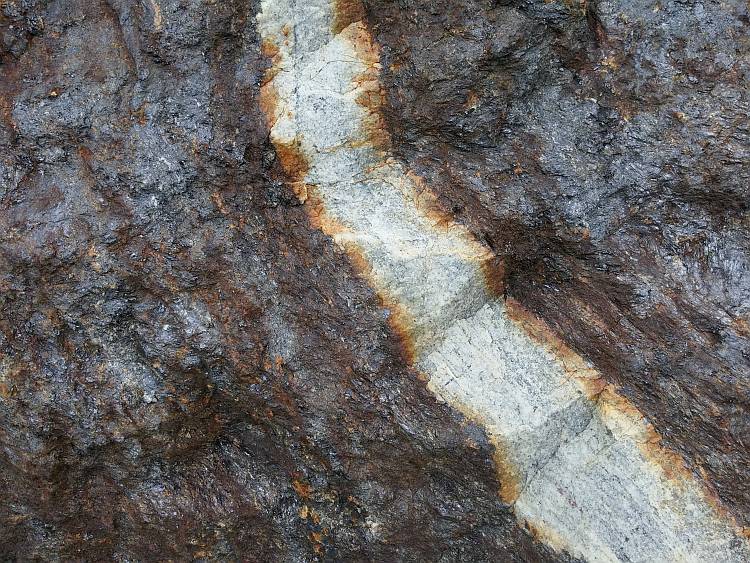
Tonalite dike cutting through graphite-rich rock. Width of the dike is approximately 15-20 cm. Trælen, Senja, Norway.
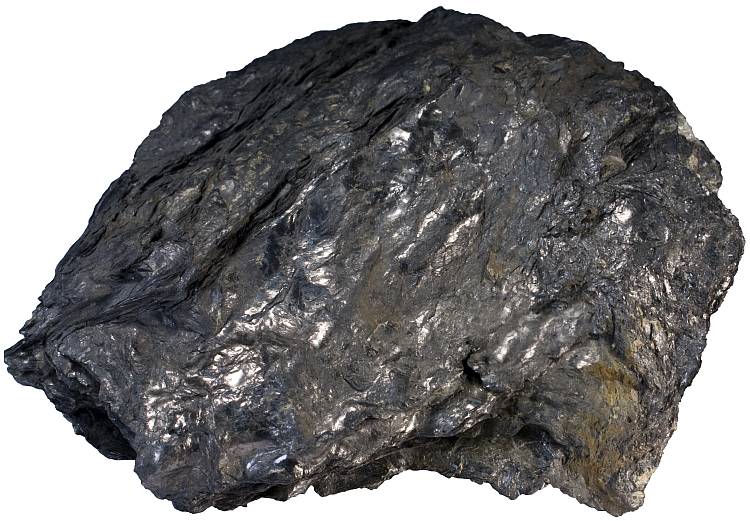
Graphite schist from the Urals, Russia. Width of sample 13 cm.
Further reading
Deer, W. A., Howie, R. A. & Zussman, J. (1996). An Introduction to the Rock-Forming Minerals, 2nd Edition. Prentice Hall.
Leave a Reply